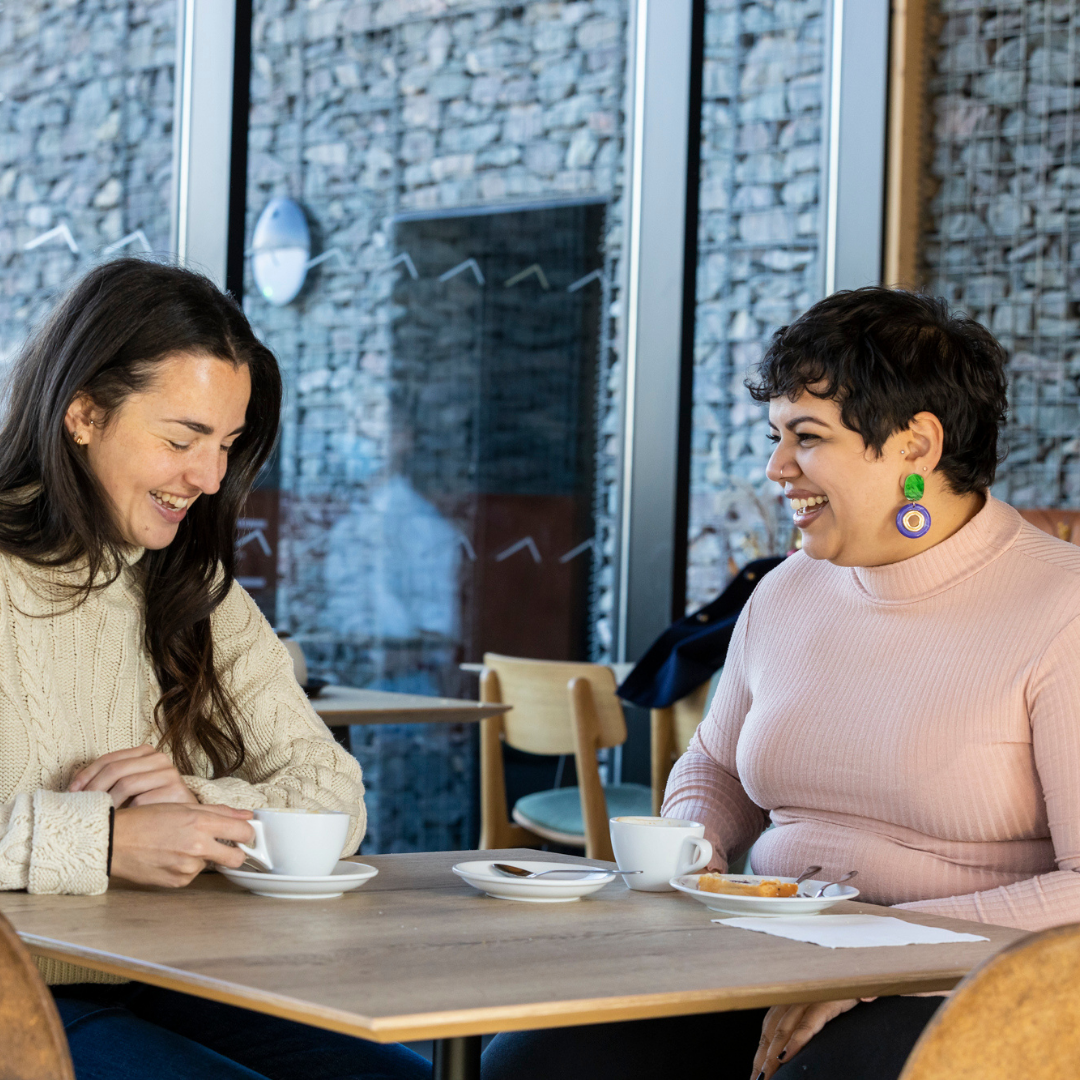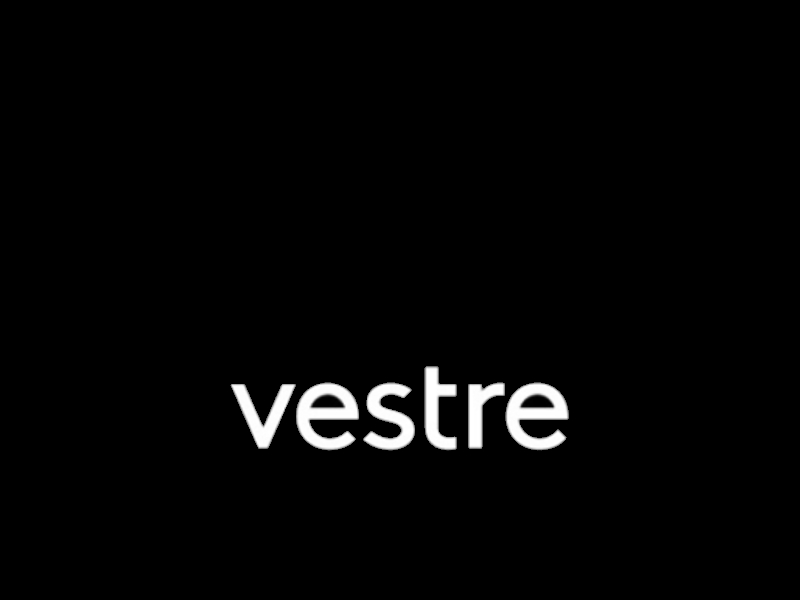Project showcase
Barking Riverside Learning Forum, Barking and Dagenham, London – Barking Riverside Limited

Where is the project located
Barking Riverside, Project Road, Barking, London, IG11 0YP
Who is the developer/client of the project?
Barking Riverside Limited
Describe the context of the community engagement. Why did the engagement take place?
Barking Riverside Limited (BRL) has demonstrated not just a commitment to community engagement, but additionally to bold community leadership by working in partnership to create a resident-led group called the Learning Forum (LF). This group has helped lead the formation of the Barking Riverside Community Interest Company (CIC). The CIC is a bespoke, not-for-profit organisation that will be responsible for holding, managing and maintaining the Barking Riverside estate after BRL steps away. It will also have an innovative focus on providing community benefit.
Barking Riverside will become a development of over 10,000 homes, public spaces and commercial and leisure facilities.
Part of the Section 106 agreement for the site is that a CIC would be created to manage the legacy for the estate, and that BRL would be obliged to undertake a review of the CIC structure.
It would have been straightforward to undertake this review with corporate stakeholders and consultants, carrying out minimal community engagement. However, BRL saw this as a unique opportunity to take a radically different approach by addressing the wider resident/developer power imbalance.
The resident-led LF was created to design recommendations on how the future CIC should be run.
This gave residents a once in a lifetime opportunity to lead the approach to decision making regarding the long-term leadership of their community. This partnership has designed a CIC that is genuinely collaborative. It provides a powerful opportunity for collective learning, not just at Barking Riverside but across the industry, demystifying how large estates are managed.
Tell us what you did, and how you did it. What was your approach in talking to the community
Whilst other new-build communities have been created with the intention that the estate is transferred to a legacy vehicle, BRL is unaware of any other development in the UK where the creation of, and representation on, a legacy vehicle has been truly resident-led. BRL believes this process sets a benchmark for how meaningful community engagement should be approached.
To complete the CIC review, BRL started by undertaking a listening campaign. This involved meeting 12 community groups, all with different interests and expertise. The groups helped shape:
•The concept of the LF and how residents should join
•The need for this group to be independently chaired to increase accountability
•The required skills for the independent chairs
After a shortlisting process, residents interviewed and selected two independent chairs – John Swinney of Just Housing Group and Andy Schofield of the Curiosity Society.
With the support of the chairs, the LF was made up of seventeen residents, all of whom were paid London Living Wage for their time, creating an equitable dynamic between partners.
The group operated independently from BRL over an 18-month period, before making a set of “recommendations”. Once the recommendations were drafted, the LF undertook wider consultation with the community.
Following the successful conclusion of this consultation period, BRL and the LF are now working on enacting the recommendations, making this resident-led vehicle a reality. This involves incorporating the new Board, with new constitutional documents, at Companies House. BRL expects the new, resident-led CIC to begin operating by Summer 2022.
How were the results of the community engagement incorporated into decision making? Have you continued the conversation? Will the community stay involved?
Every recommendation made by the LF has been resident-led. Key stakeholders, including the BRL joint-venture Board and the Local Authority, have already endorsed the recommendations. Recommendations are currently being enshrined in legal documents, guaranteeing they will become a reality.
Furthermore, the recommendations themselves ensure that the CIC will continue to be resident-led throughout the lifecycle of the development. The LF has recommended that:
•The CIC Board should had made up of 11 directors, including five elected residents in the majority. Remaining seats will be filled by corporate organisations who have a long-term role in the area, including L&Q, BRL and the Local Authority. A jointly-appointed independent representative will become the chair of the CIC.
BRL believes that having a resident-led legacy vehicle is the biggest proof point that any development could have to evidence that community leadership and decision making is enduring.
While this project involved highly in-depth engagement with a group of seventeen residents, working with the wider community was also crucial. Quarterly sessions were held online and in-person to explain the work of the LF and its recommendations. Information was shared on social media and the LF set up a dedicated website.
Community feedback was highly positive. As a result of online polling, one change was made to the LF’s recommendations; sixty percent of those polled said they would like to see resident groups represented on the CIC Board. This has been incorporated into proposals. The main CIC Board can now co-opt representatives from community groups onto sub-committees.
Please provide any evidence or data that highlight your environmental or social impacts and your sustainability approach.
The project has a major social impact:•Whilst the process itself was innovative, the outcome of handing over autonomy to a resident-led majority Board is radical and unique. This provides residents at Barking Riverside a co-created future. BRL hopes its success will encourage more developers to partner with their residents on legacy models.
•The LF trained 17 residents in professional disciplines and enabled them to work with specialists (including an estate lawyer and an estates charge expert). This investment in training and upskilling by BRL will be transferable to other employment and community development opportunities.
•The resource investment, both financially and via the involvement of key personnel, demonstrates level of commitment. BRL invested £340,000 into the project – including funding the independent chairs and the resident payments, both ensuring the process was transparent and equitable. The project was led by BRL’s Managing Director, Matt Carpen, who attended all the meetings and consultations personally.
•The model for the CIC ensures that ownership of the estate remains in the hands of one organisation. Barking Riverside will not be sold off and managed by different groups. This should result in one cohesive estate – maximising social impact.
•The LF undertook detailed business planning as part of the exploration of CIC models. There was a focus on creating a financially sustainable model from the beginning. Through the work of the LF, from 2026 the CIC should be able to deliver community services and hold assets without BRL subsidising it, ensuring sustainability and long-term success.
Festival of Pineapples
24-26 February 2026
Pineapples prize giving night
April
Pineapples at Festival of Place
10 June 2026
© The Pineapples - Tweak Ltd. 124 City Road, London, EC1V 2NX. Tel: 020 3326 7238



